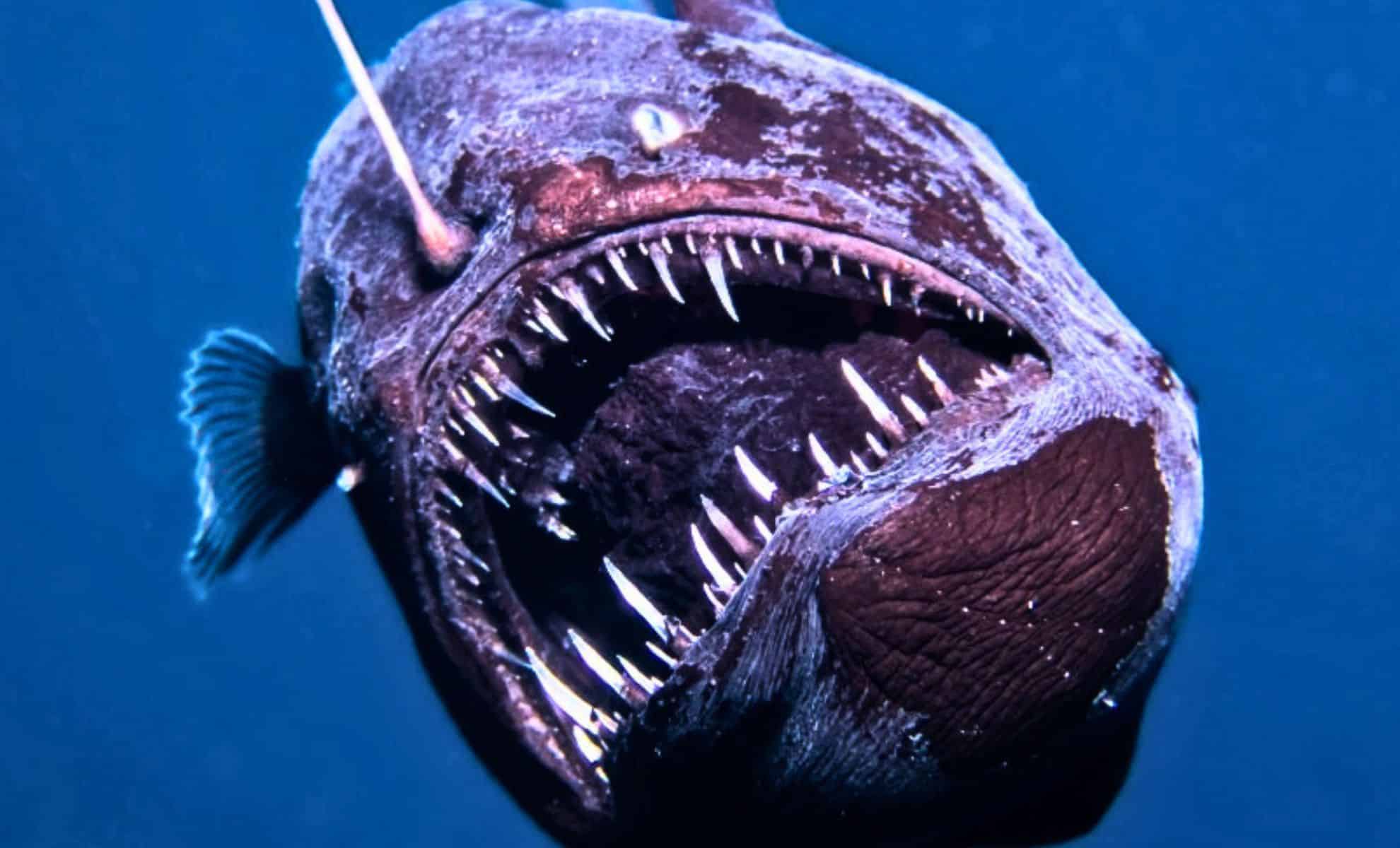
A rare and astonishing encounter has occurred off the coast of Tenerife, where a deep-sea creature not often observed alive has resurfaced from the depths, leaving scientists in awe. The Melanocetus johnsonii, widely known as the black sea devil, was recorded swimming near the ocean’s surface, an event that may represent a first-ever observation of its kind.
This eerie footage, filmed by the NGO Condrik Tenerife, has captivated marine scientists and ocean lovers alike, prompting discussions about the factors that might have driven this elusive predator from its deep-sea home.
A Rare Encounter with the Abyss’s Elusive Hunter
The black sea devil belongs to the deep-sea anglerfish family and excels as a stealthy ambush predator within the ocean’s dark abyss. With a large head, sharp teeth, and a fascinating bioluminescent lure, it thrives in the extreme darkness beneath the surface, typically found at depths ranging from 200 to 2,000 meters.
On January 26, something remarkable took place. Close to the Guía de Isora region on Tenerife’s western coast, a team documented this mythical predator swimming vertically in broad daylight. Previously, the only known video footage of these creatures involved deceased specimens, submersible explorations, or juvenile forms.
The footage, which was shared on Instagram by Condrik Tenerife, quickly gained traction, attracting the attention of scientists and marine experts from around the globe. This is the first confirmed observation of a living adult black sea devil at the surface during daylight hours, marking a potentially groundbreaking moment in marine research.
Exploring the Reasons Behind Its Surface Encounter
A major question arising from this sighting is why this anglerfish found itself at the surface. These fish are adapted to survive in the high-pressure, dark conditions of the deep ocean, making its appearance in shallower waters highly atypical.
Researchers are exploring various hypotheses, such as:
- Disorientation caused by illness or environmental changes
- A sudden upwelling current that brought the fish to the surface
- A desperate escape from an unidentified predator lurking in the depths
- Shifts in oceanic conditions or disturbances in the deep sea
Each of these scenarios leads to further questions. Is climate change potentially affecting deep-sea ecosystems in unforeseen ways? Might these elusive predators be compelled to leave their usual depths due to changes in ocean currents?
While researchers continue to investigate the exact cause, it is clear that this unique sighting has opened up new avenues for studying an elusive deep-sea species.
A Scientific Opportunity Awaits
Sadly, the black sea devil did not survive its unexpected rise to the surface. Following its death, researchers responsibly transferred the specimen to the Museum of Nature and Archaeology (MUNA) in Santa Cruz de Tenerife for in-depth analysis.
This event presents a significant opportunity for marine biologists to examine the anatomy, behavior, and potential reasons behind the fish’s unusual ascent. By studying its tissues, stomach contents, and environmental factors, they hope to gain insights into this rare phenomenon.
A Haunting Mystery from the Ocean’s Depths
The footage capturing the black sea devil’s surreal rise continues to circulate widely, igniting intrigue and discussions among marine scientists and ocean aficionados. The deep sea remains one of the least explored and most enigmatic areas on our planet, and such events highlight the vast mysteries that lie beneath the surface.
Have thoughts to share? Join the conversation in the comments
Enjoyed this article? Subscribe to our free newsletter for captivating stories, exclusive insights, and the latest updates.









